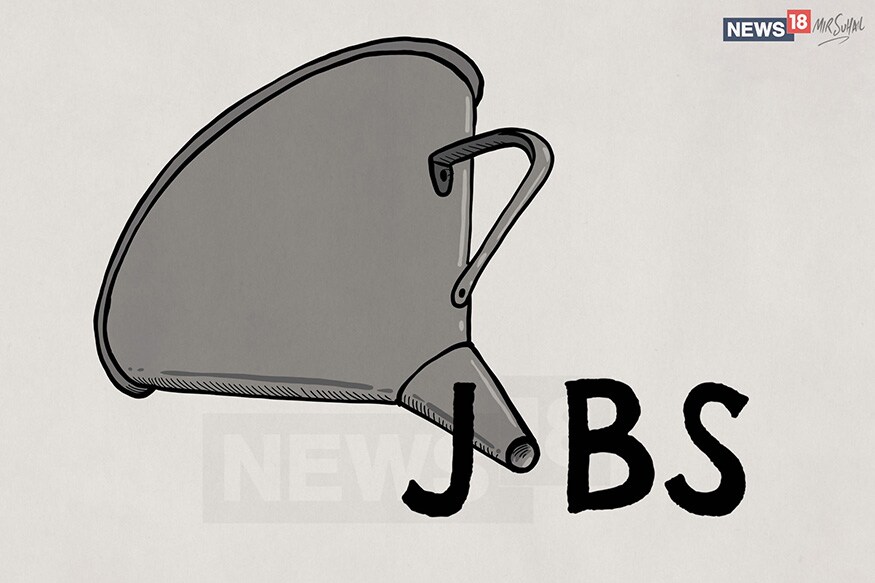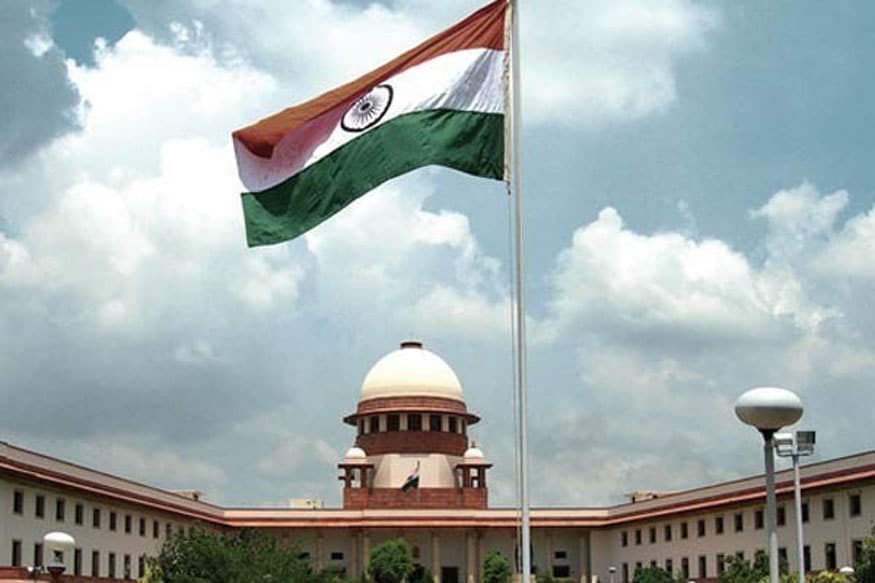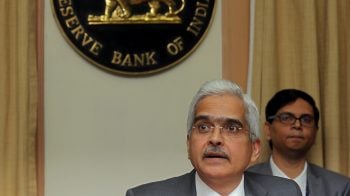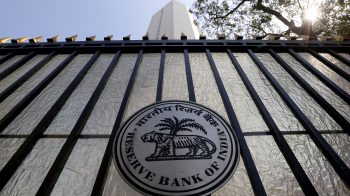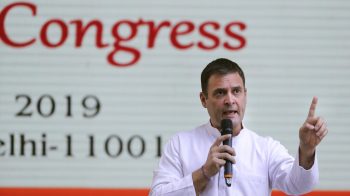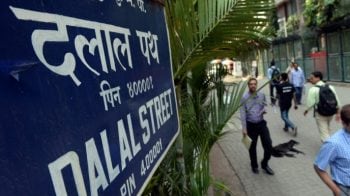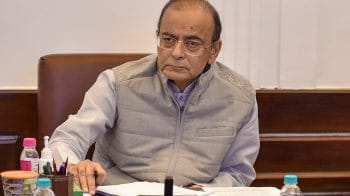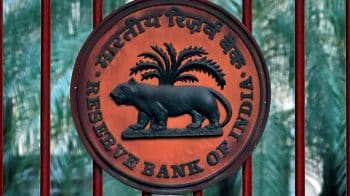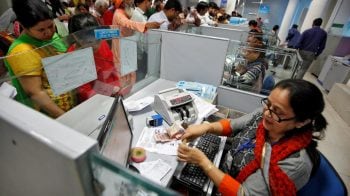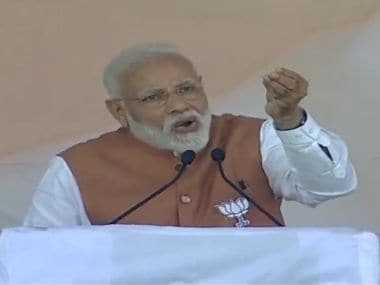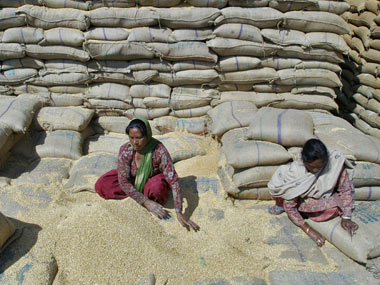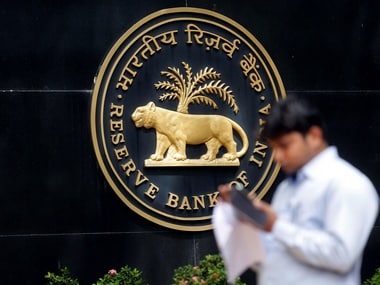Any further rate easing is conditioned on the possible sustenance of current global slowdown.
Dhananjay Sinha
RBI's decision to cut its policy repo rate by 25 basis points to 6 percent was on expected lines. However, the unchanged neutral stance was different from market expectations. The neutral stance is in line with the uncertainty that the central bank sees on the inflation outlook front.
Inflation projection scaled down but awash with uncertainty:
The near-term undershooting of inflation has prompted RBI to scale down its consumer price index (CPI) inflation projection to 2.4 percent in Q4F19 (2.8 percent earlier), 2.9-3.0 percent in H1F20 (3.0 percent earlier), and 3.5-3.8 percent in H2F20 (3.9 percent earlier).
While these adjustments reflect near-term benign situation arising from factors such as a decline in global crude prices and continued low prices of primary food items, there are reasonable upside risks, including the impact of probable El Nino effect, rise in fuel prices, potential of global crude price rising further and rebound in domestic food inflation. In addition, higher government spending will also have an impact on inflation.
Growth to remain moderate, a potential of higher consumption demand
The RBI sees real gross domestic product (GDP) growth for FY20 at 7.2 percent, down from 7.4 percent earlier. This is in line with the signs of slowing investment activity and a moderation in the contribution of exports to India’s growth. Conversely, growth boosters are expected to come from strong private consumption, which is likely to be further enhanced by the scaling up of public spending, leading to higher disposable income, especially in rural areas.
Outlook: Further easing is not a given path
Our reading is that RBI may have adopted an incremental approach for future actions. Any further rate easing is conditioned on the possible sustenance of current global slowdown, largely emanating from the ongoing US-China trade conflict and also spilling over to domestic growth, continuing to keep global commodity prices low.
The early signs of a pick-up in food prices, and the 38 percent spike in global crude prices from the recent lows, along with fiscal reflation can collectively induce an upside risk to both the headline inflation and core inflation (6-month average at 5.4 percent). The possible hardening of global commodity prices can arise if the ongoing US-China trade conflicts get resolved quickly, removing the drag on the global growth outlook.
So, with the outlook on rates becoming less certain, there will likely be some erosion from the steep run-up that rate-sensitive stocks witnessed since mid-February, in particular in BFSI sector. Consumption sectors appear to be set for a recovery following the soft patch in Q4F19.
The cut in repo rate will have an impact of lower saving bank (SB) deposit rate for SBI (may be followed up by other banks), thereby potentially creating scope for spread expansion for legacy lending accounts. However, since the systemic liquidity is in deficit, lower SB rate can lead to some cannibalization. Hence, the effective gains on spreads may be fairly limited, in our view.
(Dhananjay Sinha is Head, Institutional Research, Economist and Strategist at Emkay Global Financial Services Ltd. These are his personal views)























